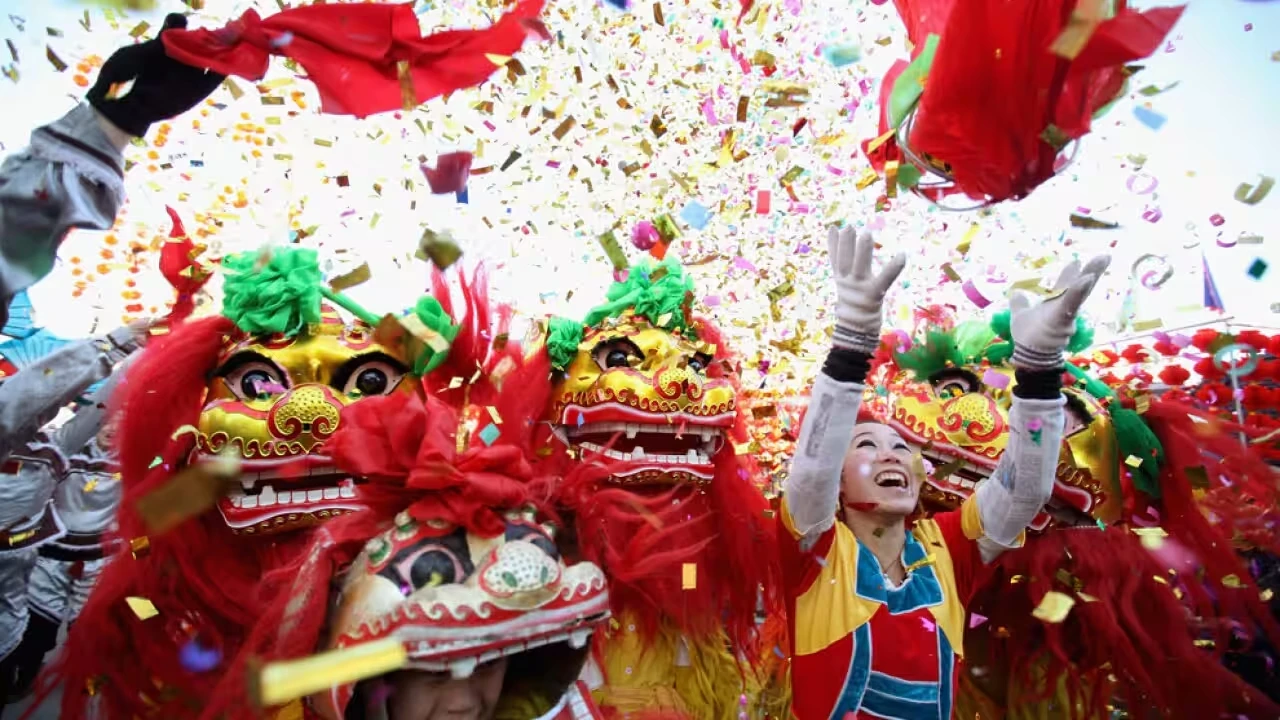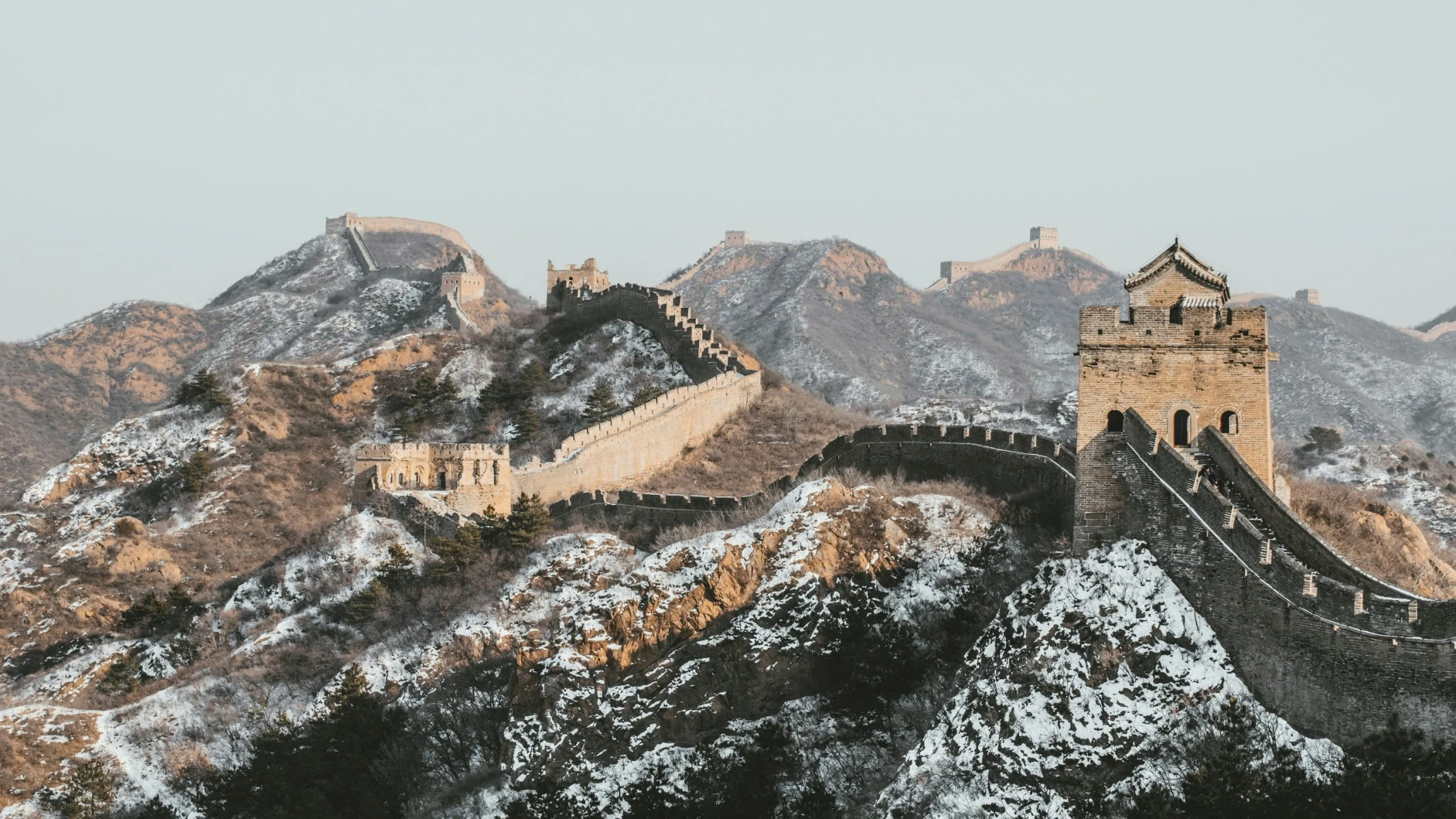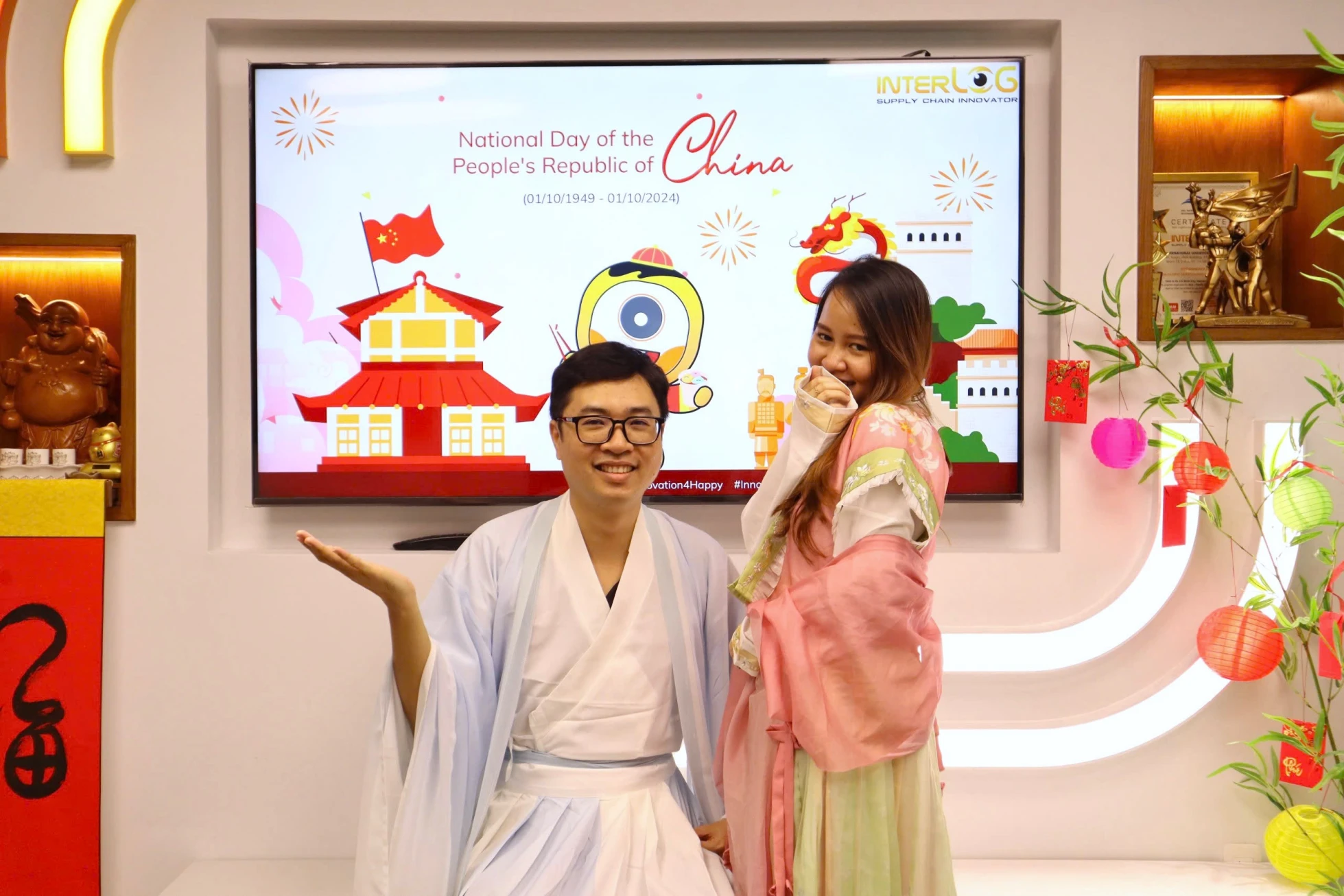


Cultural Exchange around the World: People's Republic of China
The culture of the People's Republic of China (China) is a colorful picture with ancient values and dynamic modern development. From the philosophy of Confucius, the spirit of martial arts, calligraphy art, to the vibrant urban life, China harbors historical secrets spanning thousands of years that are not easily discovered by everyone. What has enabled a country to maintain its traditions and simultaneously rise to become a world superpower?
1. Distinctive Features of Chinese Culture
China (People's Republic of China) is a large country in East Asia with an area of 9,596,961 square kilometers, ranking fourth in the world in terms of size and population. China's history dates back more than 5,000 years, originating from the Yellow River and Yangtze River basins, prominent with philosophical systems like Confucianism and Daoism, along with many important scientific innovations such as paper, the compass, gunpowder, and printing.
China has been a major center of trade in Asia, thanks to the Silk Road, with many cities developing during the medieval period, and it is also one of the four largest ancient civilizations in the world that still exist today. Through historical upheavals, China has now become a global powerhouse, ranking second in the economy and being an active member of many international organizations such as the United Nations, WTO, APEC, and G20, among others.
In folk culture, mythical creatures like dragons, phoenixes, qilins, and turtles are considered symbols of good fortune. Additionally, qilins and turtles are also seen as symbols of luck.
Chinese educational culture is mainly influenced by Confucianism and Daoism. The Tang Dynasty period witnessed the importation and development of Buddhist culture from India, specifically Mahayana Buddhism.
Traditional Chinese music includes performances with various musical instruments like the guzheng, erhu, suona, sheng, gongs, and a rich variety of opera styles, combining literature, music, dance, and performing arts. Among over 360 types of opera, Peking opera, Han opera, and Yue opera are considered the top three genres.

Calligraphy is also a unique and distinctive art form of Chinese culture, reflecting the talent of writing Chinese characters in an artistic form.
China has 56 ethnic groups, each with its own traditional costumes, reflecting unique cultural characteristics. Over time, costumes have also evolved, with the Hanfu, Tang Dynasty robes, and Qing Dynasty robes being iconic national attire.
Chinese cuisine is globally renowned, especially for tea culture, an early export product that was transported through the ancient Tea Horse Road. Chinese cuisine stands out for its emphasis on color, flavor, and aroma, using various cooking methods such as roasting, frying, steaming, and boiling, with diverse tastes varying by region.
Traditional Chinese medicine has developed for over 3,500 years, including many methods such as herbal medicine, acupuncture, cupping therapy, massage, bone-setting, qigong, and dietary therapy.
Chinese martial arts, also known as kungfu, kuoshu, or wushu, is a rich system with various combat styles, including Shaolin Kungfu, Wudang Martial Arts, and Tai Chi Chuan.
In Chinese spirituality, the number 8 is considered lucky, while the number 4 is often seen as unlucky. This influences choices of house numbers, phone numbers, and various aspects of life.
When giving gifts, Chinese people pay attention to the presentation and colors. Red and gold are favored as symbols of luck and prosperity. They also often do not open gifts immediately in front of the giver as a sign of respect.
China is also famous for many attractions, including the Great Wall of China, a symbol of the country's history and grand architecture; the Forbidden City in Beijing, a former imperial palace of ancient dynasties; the Summer Palace and the Jade Buddha Temple, distinctive cultural symbols of Shanghai;...

2. Experience Chinese culture together
Continuing the #Innovation4Culture international cultural exchange series, InterLOG organized the "Chinese National Day" festival for all staff to experience unique cultural aspects through activities such as music, documentaries, and quizzes. This was combined with celebrating October birthdays with red envelopes and joyful birthday cakes.
🔸Watch more videos on Chinese cultural exchange: HERE


With the spirit of "Innovator - Innovation4Culture," participating in these activities not only helps everyone better understand the cultures of happy countries around the world but also honors the spirit of innovation and sustainable development. This also demonstrates InterLOG's efforts to innovate from within the organization, among InterLOG members, with the goal of sustainable ESG development.


